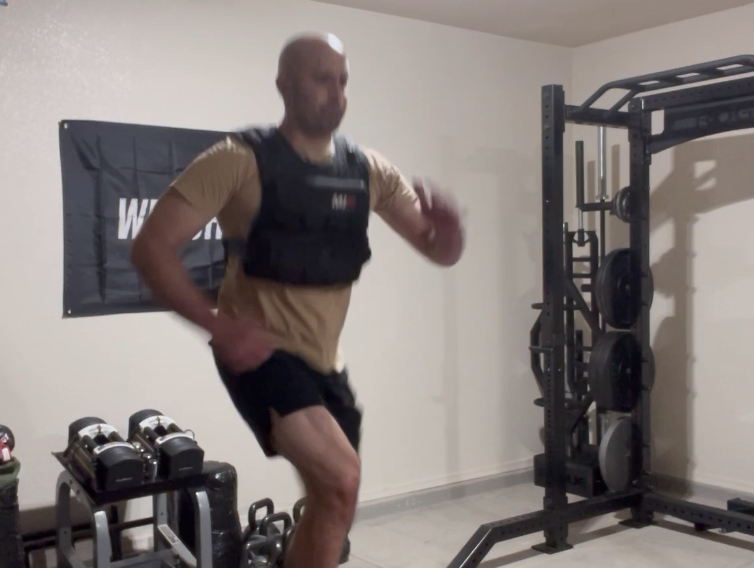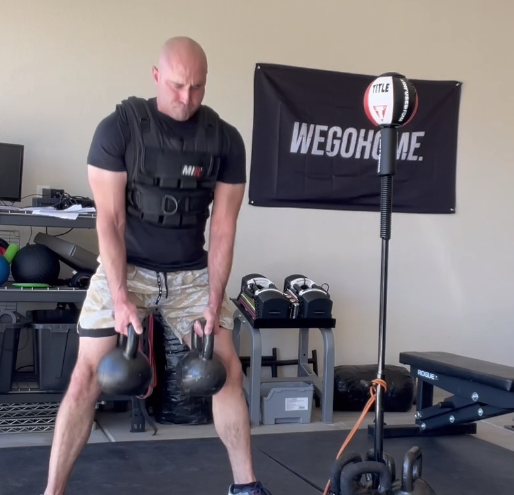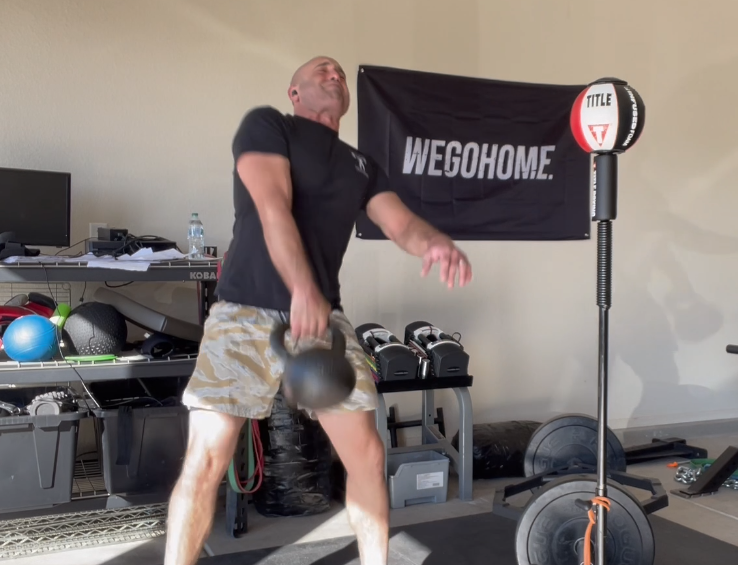Key Takeaway
In part 1 we went over the challenges Police Departments are facing with hiring new applicants and injury rates during the Academy. I provided a tentative schedule for a 16 week strength and conditioning program for an Academy class. This article will provide an example week for the “Pre-Academy" phase that some departments are using to prepare trainees for the “actual” Academy, as many were losing their applicants to overuse injuries and other fitness related issues.
As noted before, this is just “a way” to do this. Each Academy class will have equipment limitations, different schedules, and varying levels of fitness. If you have a bunch of former college athletes (at that point take a moment and thank God) then your training should look different than if you had a sedentary population. However, the principles discussed would still remain the same.
Program Breakdown
Basic Academy (Pre-Academy) Training 2-4 Weeks
This phase should not just be beat-down sessions where candidates are being pushed to their limits. Save that for the beginning of the Academy during various stress inoculation sessions. Work capacity should be the focus:
-
Aerobic work (Heart Rate 120-150bpm)
-
General Strength Training- Total Body lifts – Basic Human Movements
-
Movement Training- Extensive Warm Ups with proper running/sprint mechanics, and multi-direction
-
Some Dynamic Work- I’d focus on Box Jumps/Medball throws/KB work
Example Week:
Day 1: Strength/Aerobic Day
Block 1:
Movement Prep: Some of it could look like our warm up from our previous HERO Cycle:
Block 2:
Submaximal Intervals followed by full Recovery- 10-20 seconds of work followed by a minute or so of rest x 10 Reps- In this case I would use traditional Tempo Intervals:
Note: These can also be sled pushes or even some uphill running and then walking downhill before repeating. Just don’t think of these as max effort sprints- moderate paced intervals. You can even use kettlebell movements or medball throws for sets of 10-20 seconds.
Block 3 (Strength):
A1) Push Ups/Presses- 5x5
A2)Kettlebell Deadlift or Trap Bar Deadlift- 5x5
B1)Row Variation- 3x8
B2)Goblet Squat- 3x8
B3)Front Racked Loaded walks- down and back 30 yards x 3 Sets
Loaded walk/Ruck (LIGHT-20lbs or so)- 20 Minutes
or
Step Ups- 1 set for 10-15 Minutes
For your strength blocks, you would do your A1/A2 movements first as a slow super-set- 2 minutes rest between each movement. Then for your “B” movements you can speed it up a bit and rest about a minute between movements. Rest a little longer between circuits and repeat until all your sets are complete. Then finish with some aerobic work (Heart rate 120-150 bpm, or trainee can breathe exclusively through the nose). As the weeks progress start to push them more towards the higher end of this zone.
Step ups are great for limited space and the way they are completed in the video is called High Intensity Continuous Training- Heart rate kept at about 150bpm for the duration of the set while maintaining power through the duration. If the trainee starts to really struggle have them slow down or even take a short break before continuing.
Day 2: Conditioning/Complex Day
In this phase I would recommend complexes where you can either work in groups, or have partners trade off between pieces of equipment. What I would argue is most important, is that in this phase you stress to the candidates the idea here isn’t to make yourself black out. It is to instead work at a brisk pace that is manageable for a few minutes at a time. Here is an example complex that I have used in some of our earlier programming that you could do after a warm up:
I use Kettlebells in the video but use whatever you have- dumbbells, sandbags, landmine/angled bar, etc.
1 Double KB Clean
1 Double KB Press
1 Double KB Squat
1 Renegade Row Each Side
Next round do 2 reps each. The third round do 3 reps each. Then go back down to 1 rep each and repeat for timed sets. These are called ladders, which I like in this scenario because it keeps movement quality high but still allows the trainee to get lots of work in. Again- movement quality should be solid - you should be COACHING them. This is not scream in their face time- that comes later. Keep them moving but as the coach you should recognize if one person needs to slow down for a few seconds while another needs to speed up. The idea here isn’t to allow them to build terrible movement patterns while under fatigue. You’ll just be setting them up for injury. Push them, but don’t destroy them.
Another way I have seen this done with athletes is if you have access to a heart rate monitor or two, once you get a feel for who are your more fit trainees, put one on the most fit person in the group and another on somebody towards the middle of the pack. Every once and a while and check and see where each of them are at during the session and you’ll get an idea of where the group is and if you need to slow down or speed up.
Day 3- Sleds and Carries
Same idea as above. Keep them moving but don’t destroy them. If you’re lucky enough to have access to sleds, having them push/pull the sleds and then pick up implements and carry them is a great way to get another work capacity session without breaking them down:
Day 4- Rucking or Loaded Movements
The last day of the week could be a longer loaded movement. Nothing too heavy, and in this phase there should be no running under load. Use a light ruck or weight vest...20-30lbs...and go for a walk. Start with around 30-45 minutes and then work your work your way up to 60-90 minutes over the course of a few weeks and if possible work in more challenging terrain.
Closing
This was an example for a “pre-academy” or “Basic Academy” training block designed to build a foundation of work/aerobic capacity, strength, and movement quality- for a class that will inevitably have varying levels of physical fitness and ability. Yes, some will say this isn’t enough...other will tell me it is too much. Some will tell me this is impossible with their equipment limitations. Some will even say why bother because of x,y, z reasons that are out of the profession’s control.
Regardless of the excuses the street is still out there. Fitness is and will be the foundation for these people before you let them go out into the world and patrol. If they chose to apply, and your department chose to hire them- then you train them.



